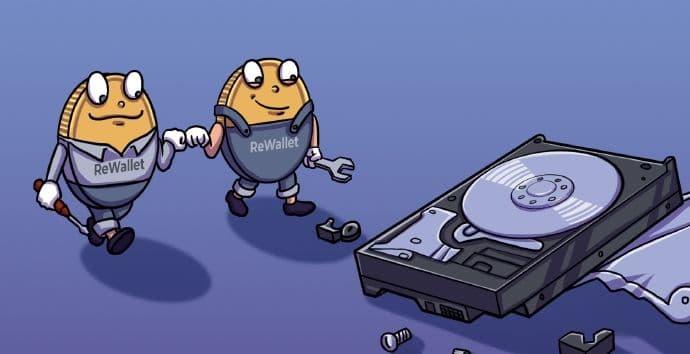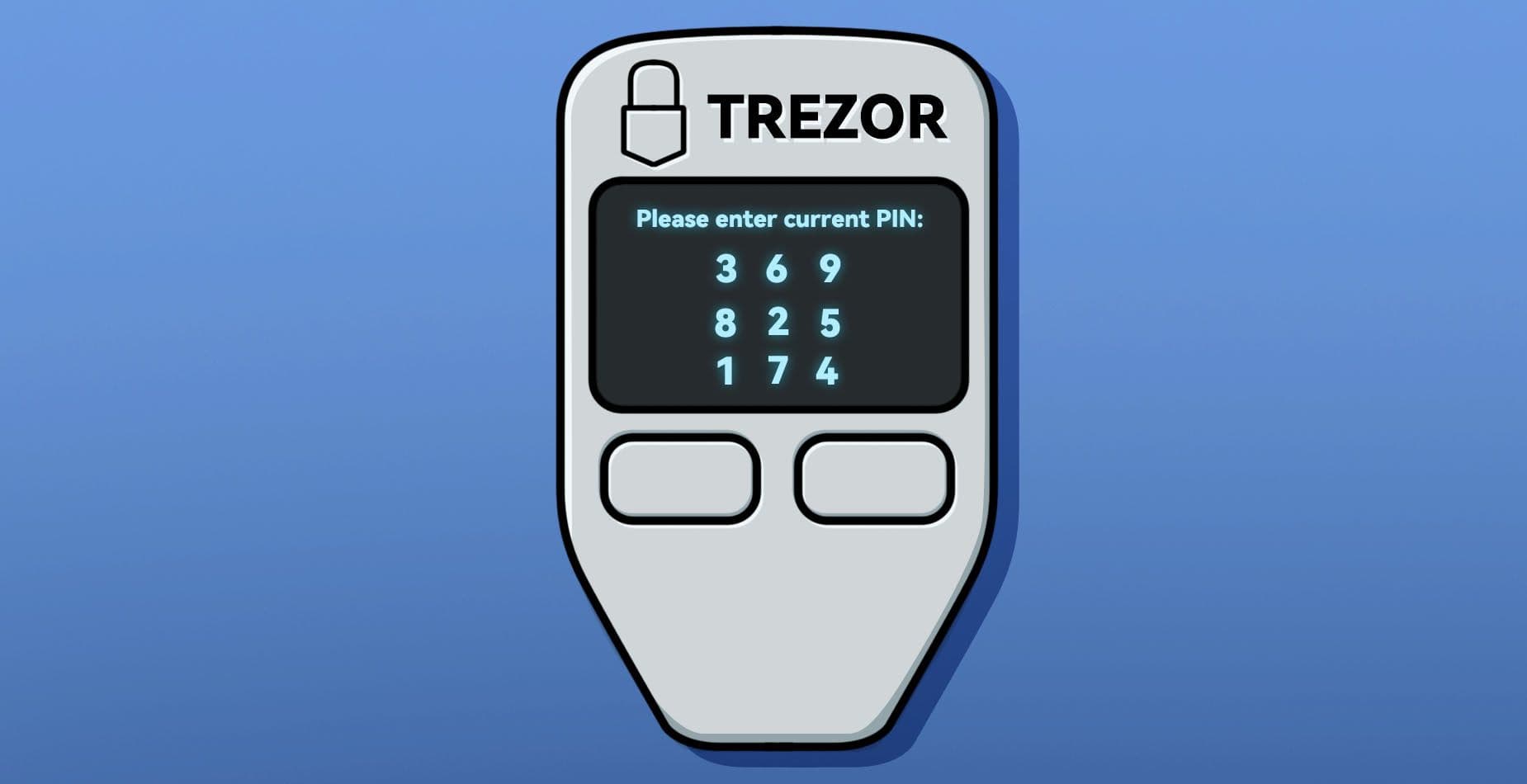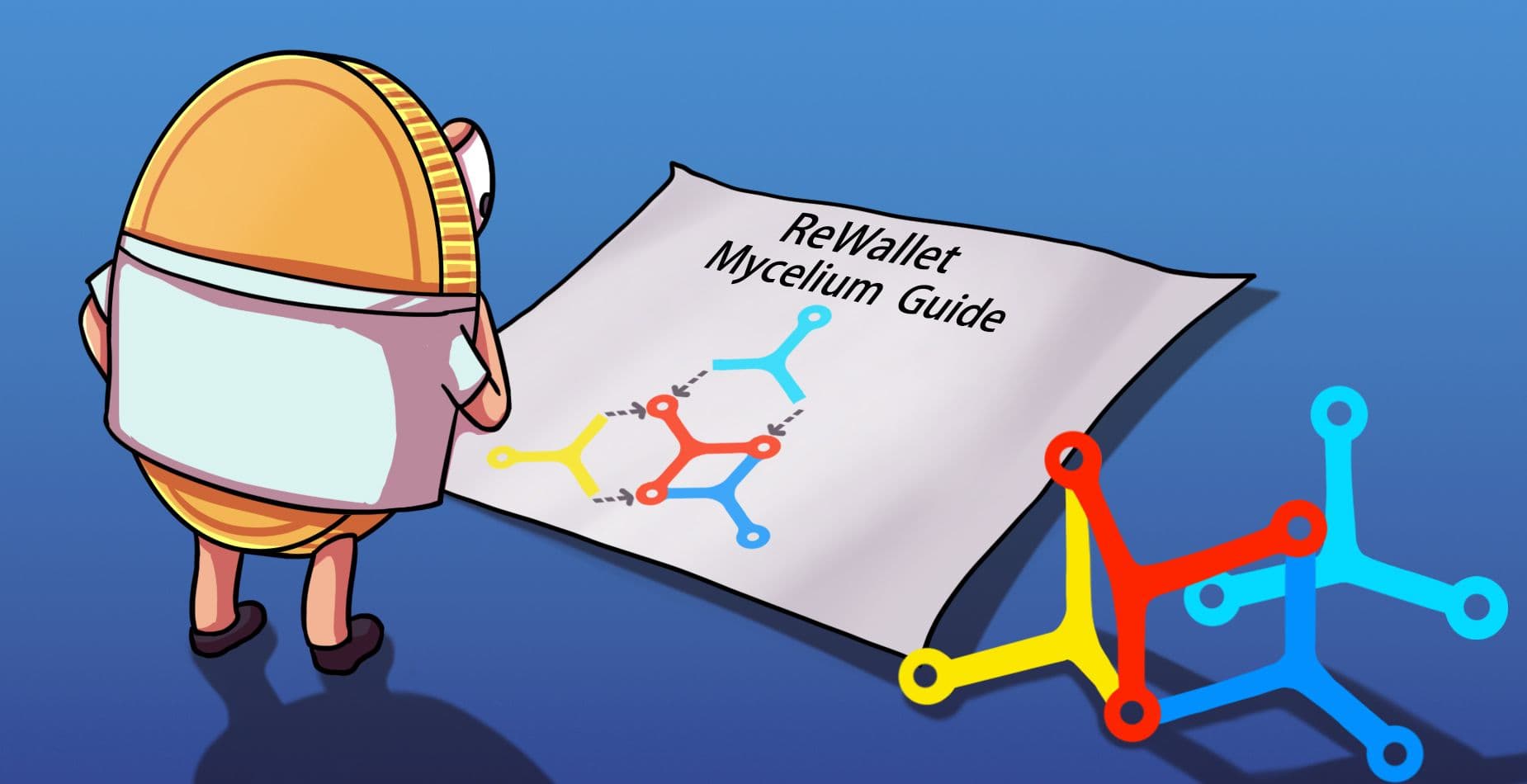A defective drive is not uncommon because ultimately every data medium has a limited lifetime. Therefore, even if you leave the drive in your closet you cannot assume that it is safe for ever. Admittedly, this increases the life span but even such a backup can cease its function.
Data media that are permanently in use are under stress. A distinction has to be made between the load on a home PC and a server but even that hardly matters to those affected when the hard drive, SSD or USB stick suddenly fails. Not only can this be very unfortunate if you lose the pictures from your last vacation. It can also result in loss of access to your crypto wallet.
In this article, we would like to explain why data media break in the first place, how you can better protect yourself against this and how you can regain access to your data in case the medium of your choice should fail.
Why Do Data Media Break in the First Place?
Basically, the lifespan of a data medium depends on various factors. For example, hard drives have mechanical elements, such as the motor, that simply wear out over time and can fail. Another vulnerable part of hard drives is the head, which reads and writes on the actual hard drive. If there is a fault or material fatigue, then the disk or head can be damaged and make it impossible to read the data.
With SSD drives and USB sticks, things are a bit different. They use flash memory whose cells become exhausted after a certain number of read-and-write operations. A defect in the SSD controller, which controls the cells, can also lead to data loss. With CDs, DVDs and Blueray discs, it is again the material of the data carrier that simply loses the necessary properties after a few years and therefore becomes no longer readable.
If you are interested in how long the respective data media actually last and what exact properties they have, we would recommend you our article about storage media our article about storage media.
The bottom line is that every medium reaches or exceeds its lifespan at some point. Therefore, data loss is a rather common phenomenon.
How Can I Protect My Hard Drive From Damage?
It is true that you should change data media after a certain period of time. If we assume that a hard disk in home use can last about 10 years then you should think about changing it before the anniversary approaches. However, if the hard drive is operated in a NAS or is subjected to a much higher load for other reasons, a change may be necessary sooner.
To find out when your disk was built, you can consult the hard drive’s serial number which is typically located on the disk. Some companies also note the manufacturing date directly with a label on the package or the hard disk itself.
Of course, it would be playing with fire to simply continue using your media without making a backup copy. If you want to learn more about backup strategies, we would recommend our summary in the following article following article. In the case of hard drives you can either mirror backup copies to another drive or upload them to the cloud.
My Data Medium Is Broken, What Can I Do Now?
It depends very much on how it broke and what exactly is broken. Depending on the extent of the damage, it may be possible that the disk is still recognized by the operating system and can be accessed. In other cases, the drive is no longer recognized by the operating system.
We strongly advise against attempting to recover data yourself if you do not have the necessary knowledge and equipment. Experience has shown that data which could have been recovered was permanently lost as a result of failed recovery attempts. If you are dealing with particularly important data, you should always consult a professional crypto recovery service provider to be on the safe side.
ReWallet
As general first aid measures, we recommend:
- Keep calm and don’t put yourself under pressure even if the loss might be serious.
- Do not tamper with the data medium under any circumstances. Again and again, non-professional recovery attempts cause more damage.
- First try the usual procedures, like a reboot. With a bit of luck the problem will be solved, with the error being somewhere else.
- If your operating system refuses to access the disk or does not start anymore, keep a written record of all error messages. The easiest way is to take a picture of the screen.
- If you know how to professionally remove and install a disk, check if it works with another device like a spare PC or laptop that is available.
- Check if you have other backups of your wallet, i.e. the seed phrase or another backup.
There is a variety of software available for purchase that you can use to attempt a recovery. Such software may also be able to help you if you have accidentally overwritten data.
In essence, these tools try to make the hard disk accessible even when the operating system is no longer able to recognize it. The software “mounts” the data medium again and gives you read-access to the data that is still recognizable. Deleted files can also be recovered via so-called file carving. This can be sufficient in certain cases because you might be able to save the few data records that you need to access your wallet. For users of the Bitcoin reference software the “wallet.dat” file is the one which must absolutely be protected or recovered.
Here are some examples of software that is suitable for the above purposes. Please note that we are not making any recommendation here but simply provide you an overview:
- Disk Drill Data Recover (Windows & Mac)
- EaseUS Data Recovery Wizard (Windows & Mac)
- Recuva (Windows)
- TestDisk Data Recovery (Windows & Mac)
- Minitool Power Data Recovery (Windows)
I can’t recover the data on my own, what now?
If you don’t succeed on your own, you are welcome to contact us via our contact form. Even if your data medium is physically damaged there is still hope. The software tools listed above are for home use. They can be sufficient but are by no means the last resort.
Professional tools offer an extended range of functions and go a long a way in data recovery. If necessary, a data medium can also be disassembled in the laboratory and data access be restored that way.
Please note that we cannot give a general assessment of the odds of successful hard disk recovery because every recovery depends on the details and specifics of the case.
If you want to use the help of our team, we would kindly to ask you to fill out our contact form fill out our contact form or get in touch with us by email or phone






